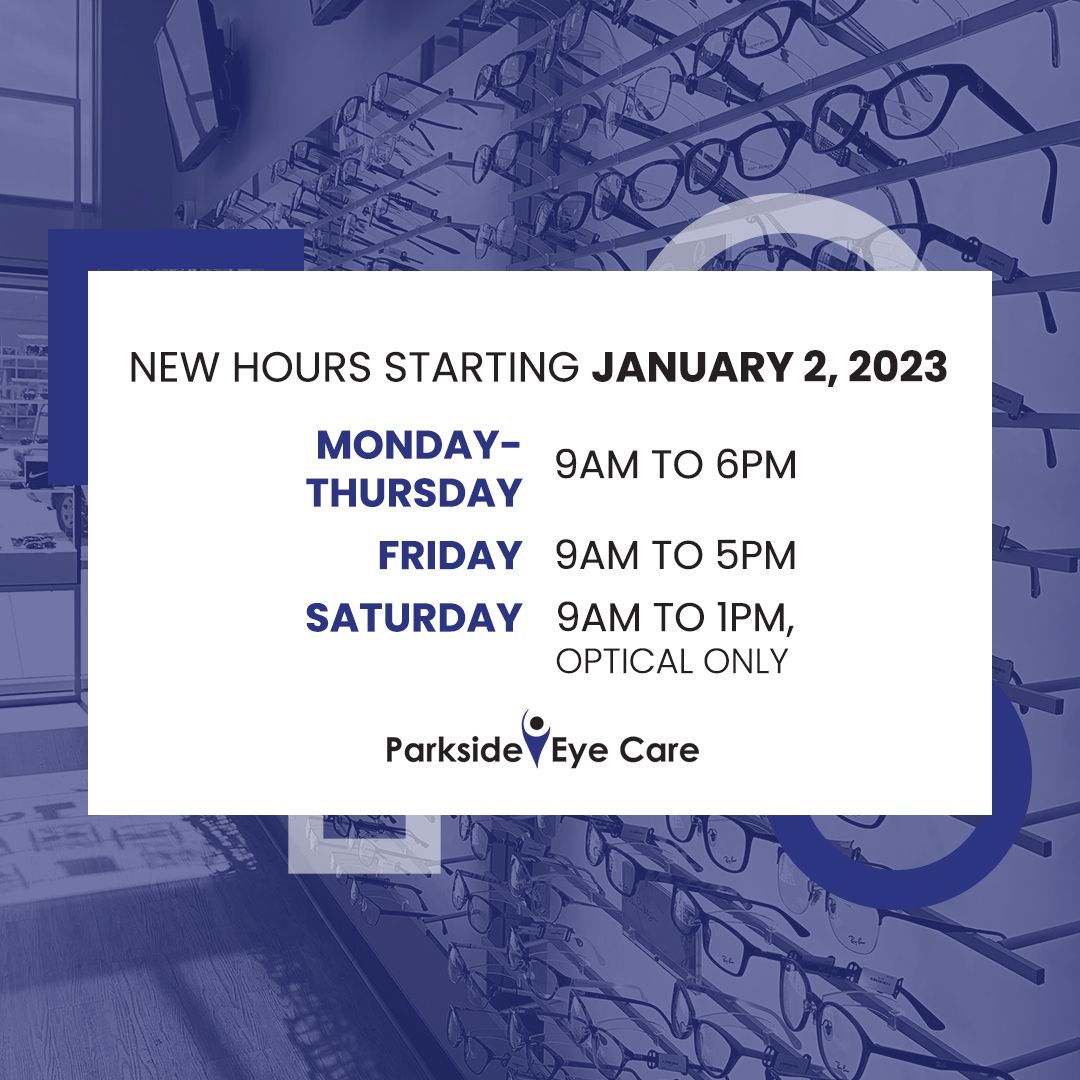
Dry eye syndrome develops due to poor-quality tears or insufficient tear production. Commonly attended by discomfort, redness, and irritation, it affects millions worldwide, significantly impacting their quality of life.
Various treatment options are available to manage dry eye. An emerging technique gaining attention is intense pulsed light (IPL) therapy. Read on to explore the link between IPL and dry eye relief.
The Science Behind IPL
IPL therapy involves using high-intensity light pulses to target specific tissues or structures. Originally used for cosmetic dermatology procedures, it has continuously shown promise in treating various eye conditions, including dry eye. The light it uses penetrates the skin, to be absorbed by blood vessels and pigmented cells. It then stimulates cellular regeneration and reduces inflammation.
How IPL Relieves Dry Eye
Some studies suggest that IPL therapy can improve dry eye symptoms by targeting the dysfunctional meibomian glands in the eyelids. These glands are responsible for producing the oily component of tears that helps prevent evaporation.
Individuals with meibomian gland dysfunction have blocked glands. The glands then produce low-quality oil, leading to an evaporative dry eye. IPL treatment can help unclog these glands, improve oil production, and restore tear film composition.
IPL and Meibomian Gland Dysfunction
Meibomian gland dysfunction is often a great contributor to dry eye syndrome. The blockage or inflammation of these glands hampers the release of enough oil, leading to tear instability and subsequent dryness.
IPL therapy targets the blood vessels supplying the meibomian lands. It reduces inflammation and promotes the release of stagnant oils. IPL can alleviate dry eye symptoms and improve tear film quality by restoring normal gland function.
IPL Treatment Procedure
The patient wears protective eyewear during an IPL treatment session for dry eye. The specialist applies a cooling gel to the skin surrounding the eyes. The IPL device emits short bursts of light pulses, targeting the area around the eyes. The treatment is painless, with each session lasting about 15 minutes. Multiple sessions are usually required, spaced several weeks apart, to achieve optimal results.
Potential Benefits and Considerations
IPL therapy for dry eye is noninvasive—it does not involve incisions or prolonged recovery periods associated with surgical procedures. It is safe, with minimal side effects such as temporary redness or mild discomfort.
You can use IPL treatment with other dry eye therapies like artificial tears or prescription medications for better relief. However, it is vital to note that IPL therapy may not be suitable for everyone.
Individuals with glaucoma or retinal disorders, for example, may not be eligible for IPL. If you think IPL can help you, seek treatment from a qualified ophthalmologist or optometrist experienced in performing IPL for dry eyes.
They can assess your specific condition and determine whether IPL is a suitable option for you. You or anyone suffering from dry eye can explore this innovative therapy option to find substantial relief from dry eye symptoms.
For more about IPL and dry eye relief, visit Parkside Eye Care at our office in Cary, North Carolina. Call (919) 883-9987 to book an appointment today.














